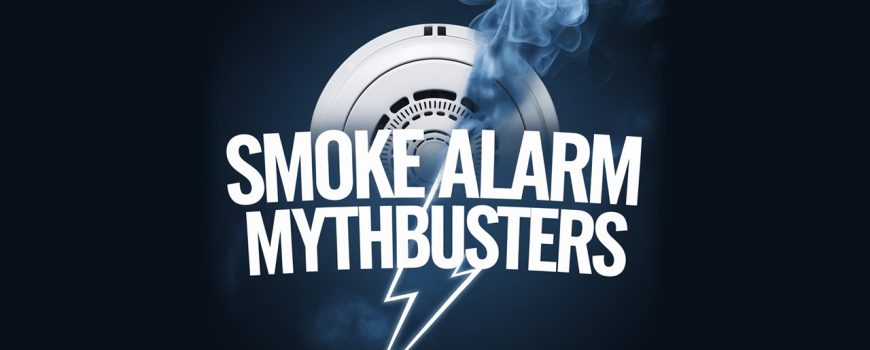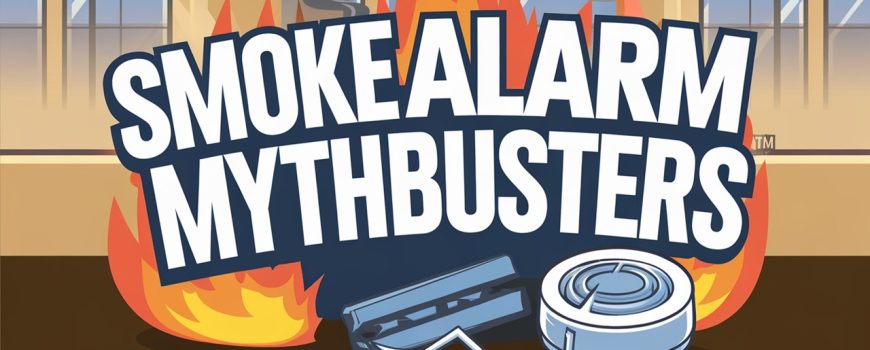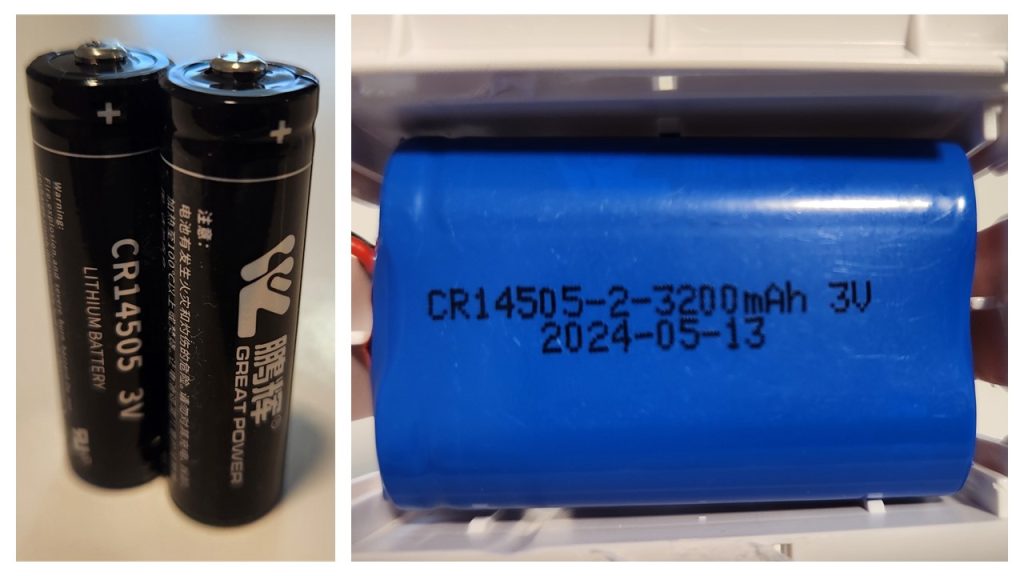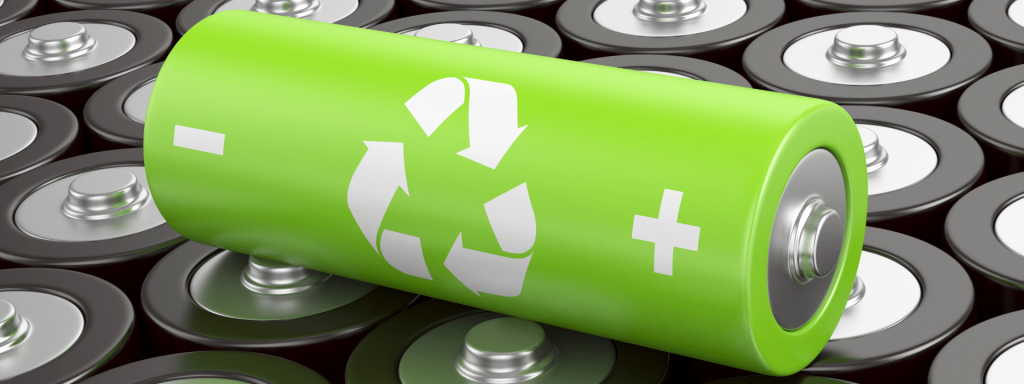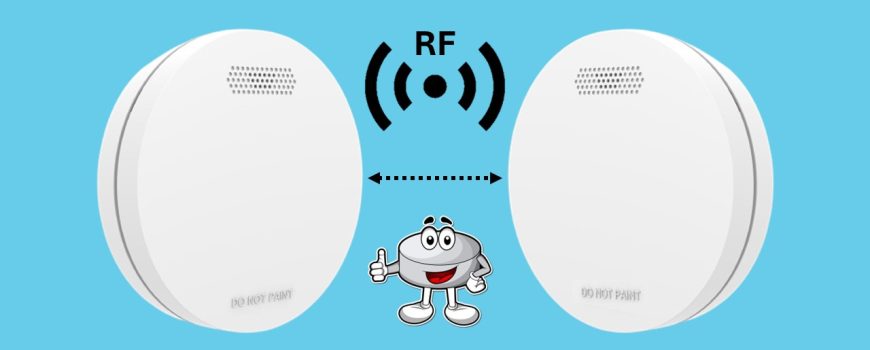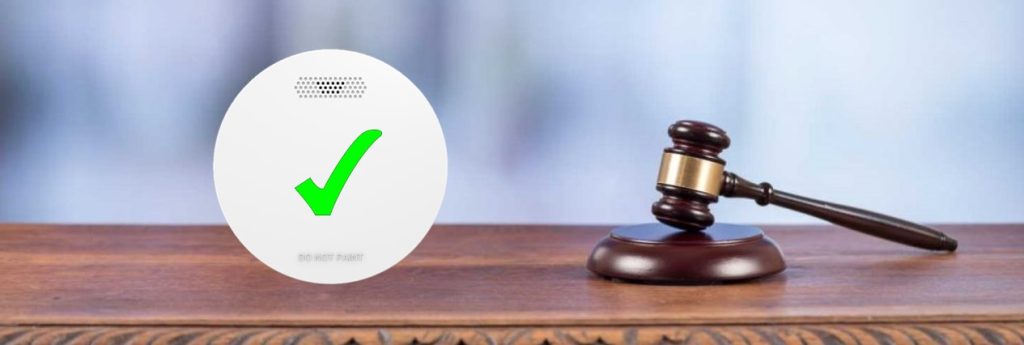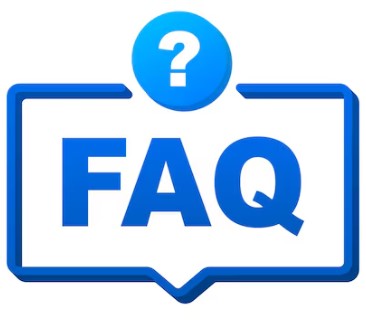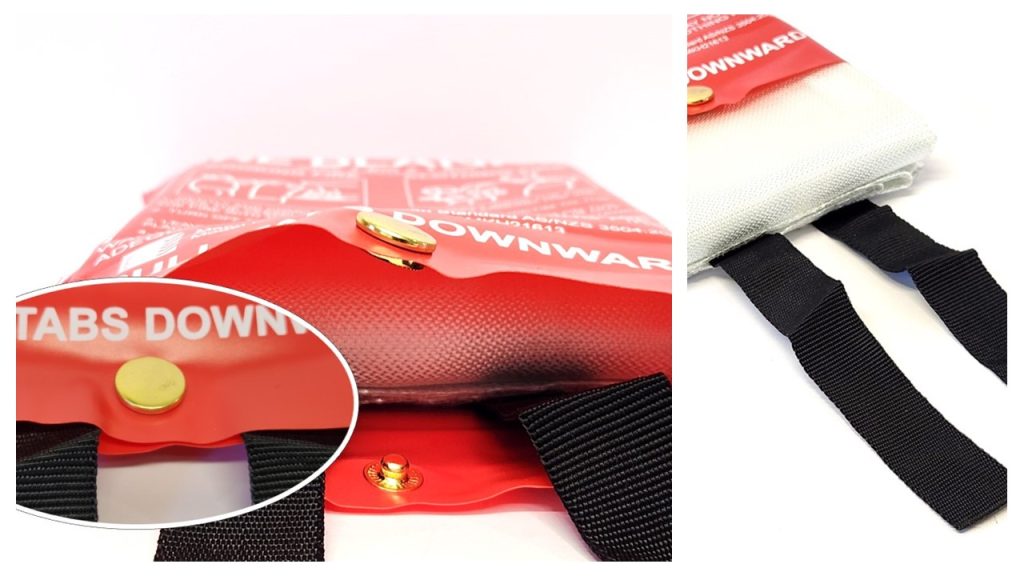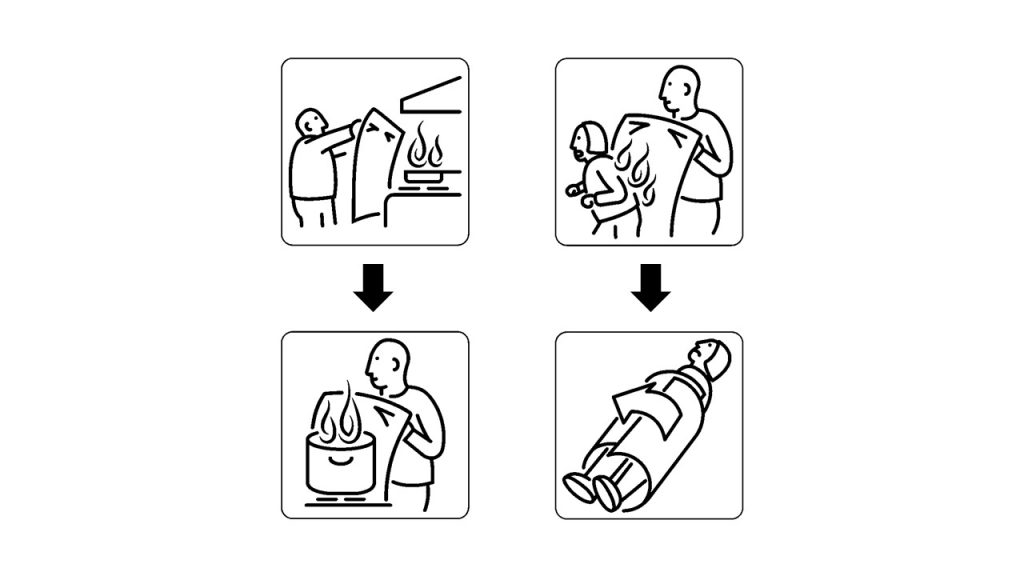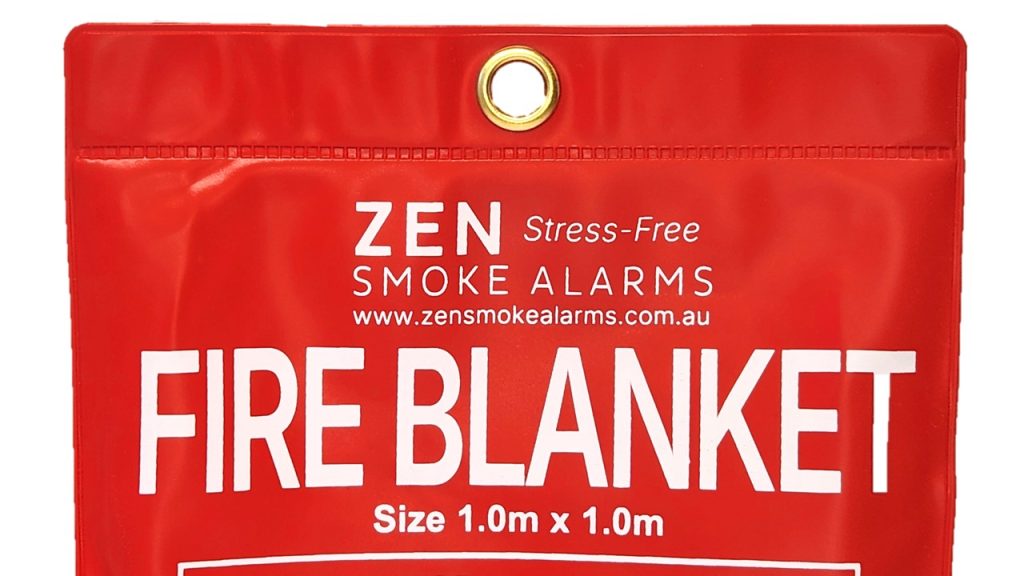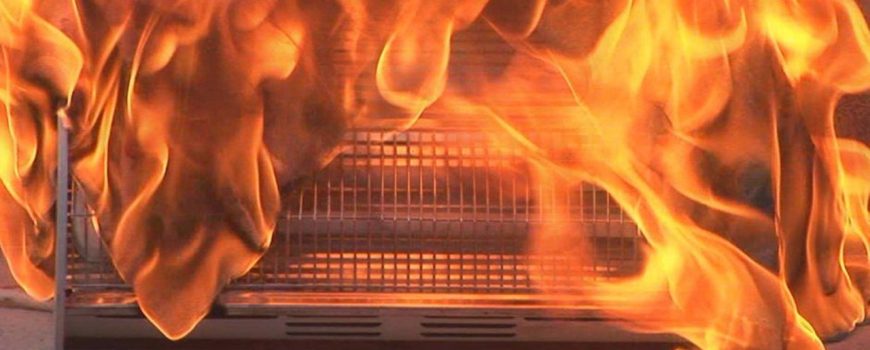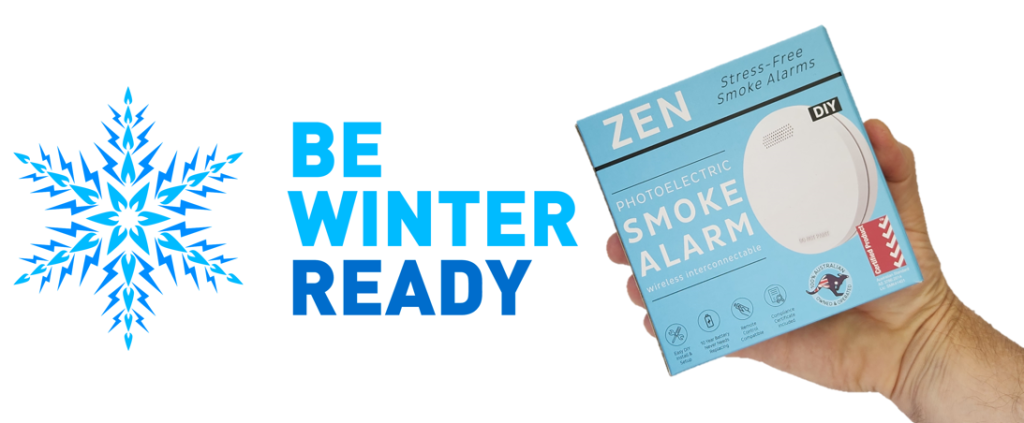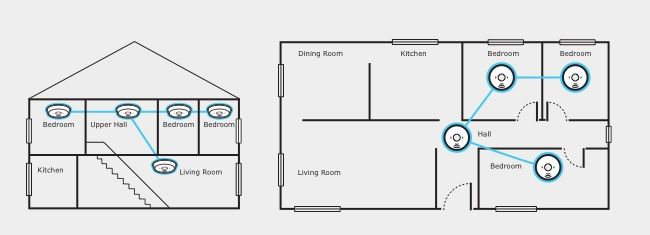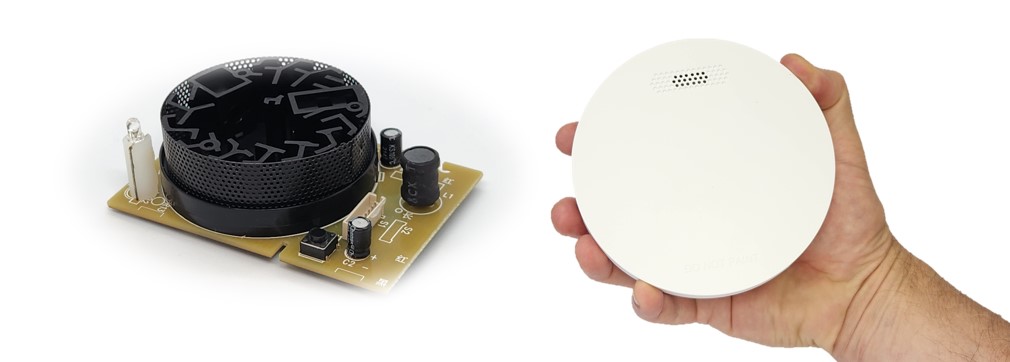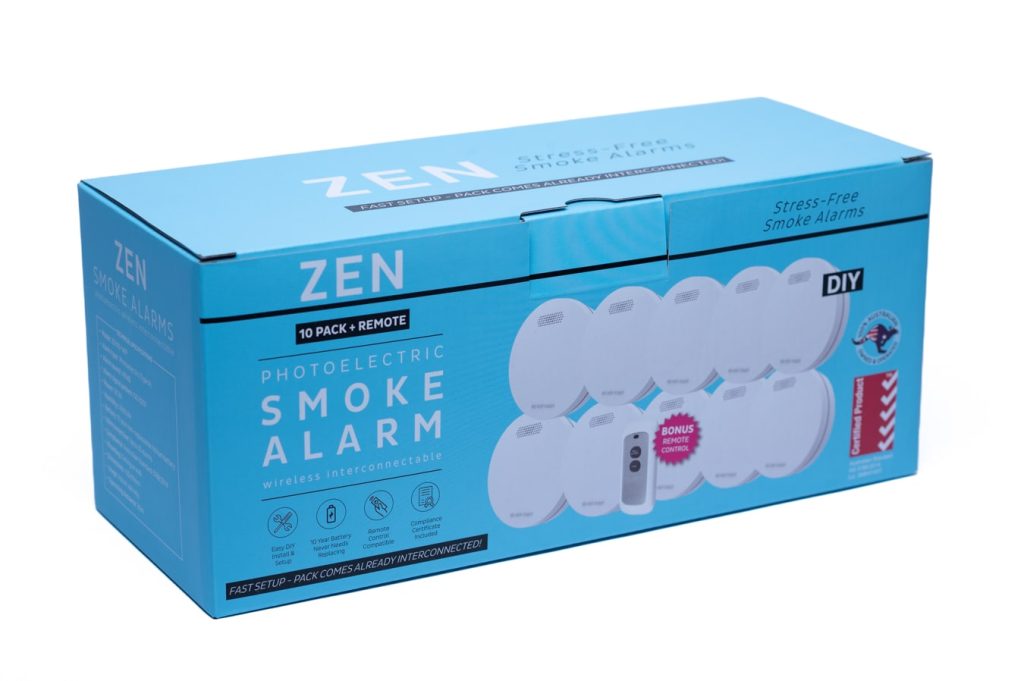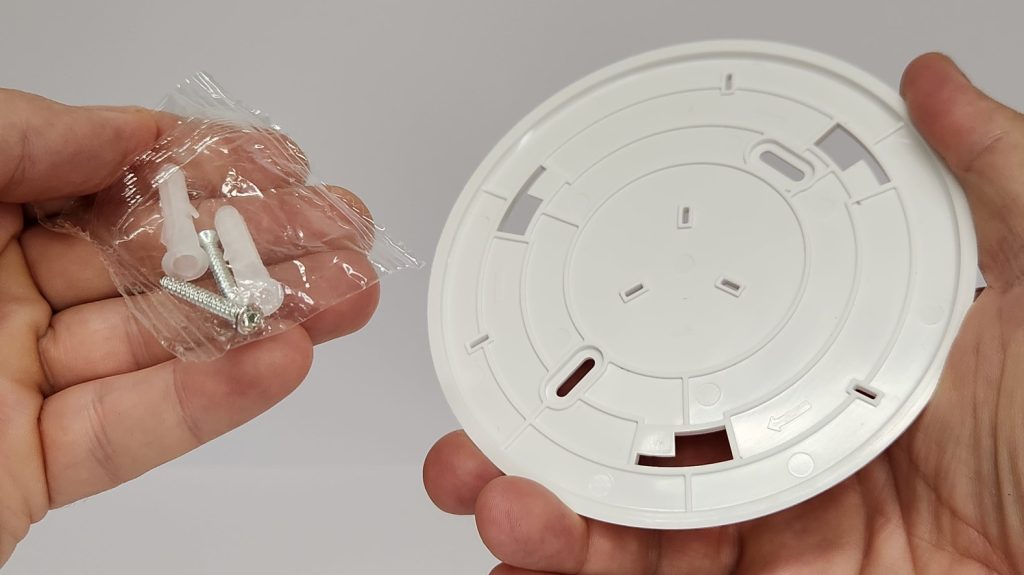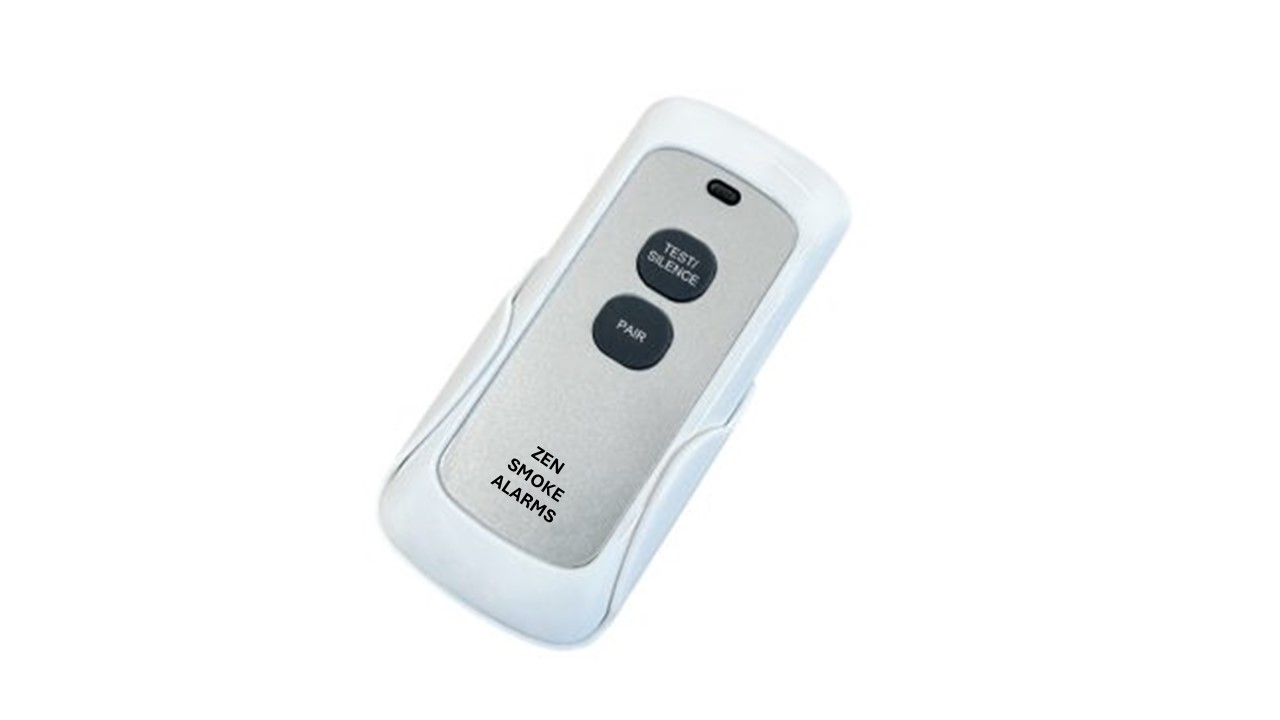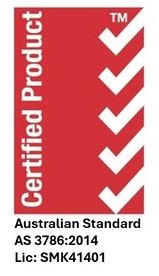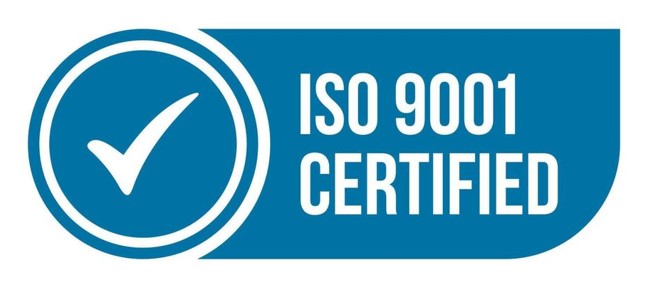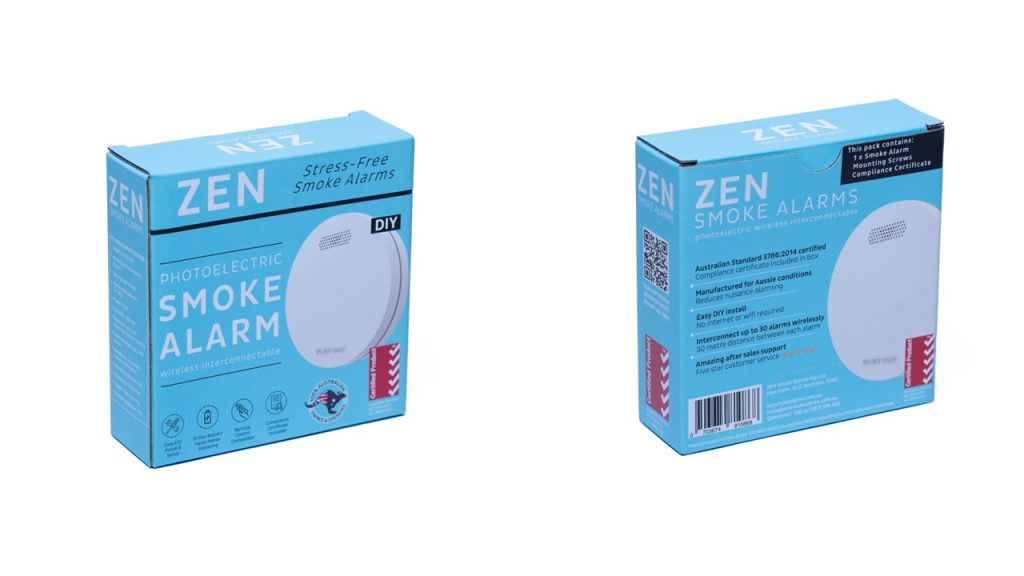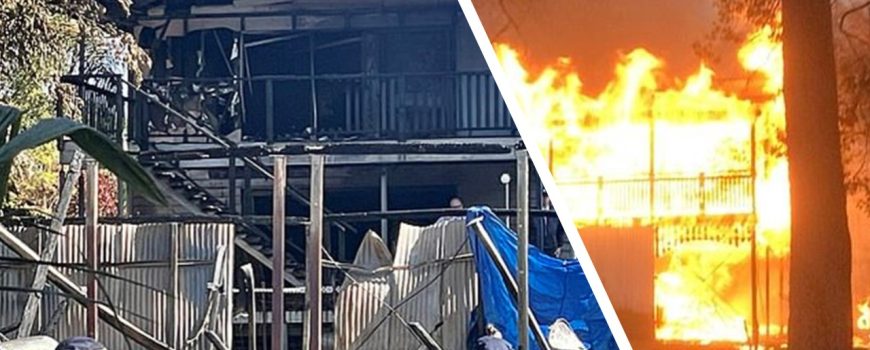When it comes to fire safety, a single smoke alarm just doesn’t cut it. Imagine being asleep upstairs while a fire starts downstairs—would you hear the alarm in time to escape? That’s where interconnected smoke alarms come in. They’re not just a recommendation; they’re the preferred choice for Queensland homes, especially with the new 2027 smoke alarm laws fast approaching.
The good news? ZEN Smoke Alarms make upgrading a breeze. They’re wirelessly interconnected (no Wi-Fi or internet needed!), powered by a non-removable 10-year battery, and designed for easy self installation—no electrician required. Let’s see why interconnected smoke alarms are essential for your home.
What Are Interconnected Smoke Alarms?
Simply put, interconnected smoke alarms talk to each other. If one alarm detects smoke, all alarms in your home sound off simultaneously. Whether you’re asleep in your bedroom, working in the garage, or relaxing in the backyard, you’ll hear the alarm loud and clear.
Think of them as a team of lifesavers—each covering different areas of your home, but working together to give you the earliest possible warning.
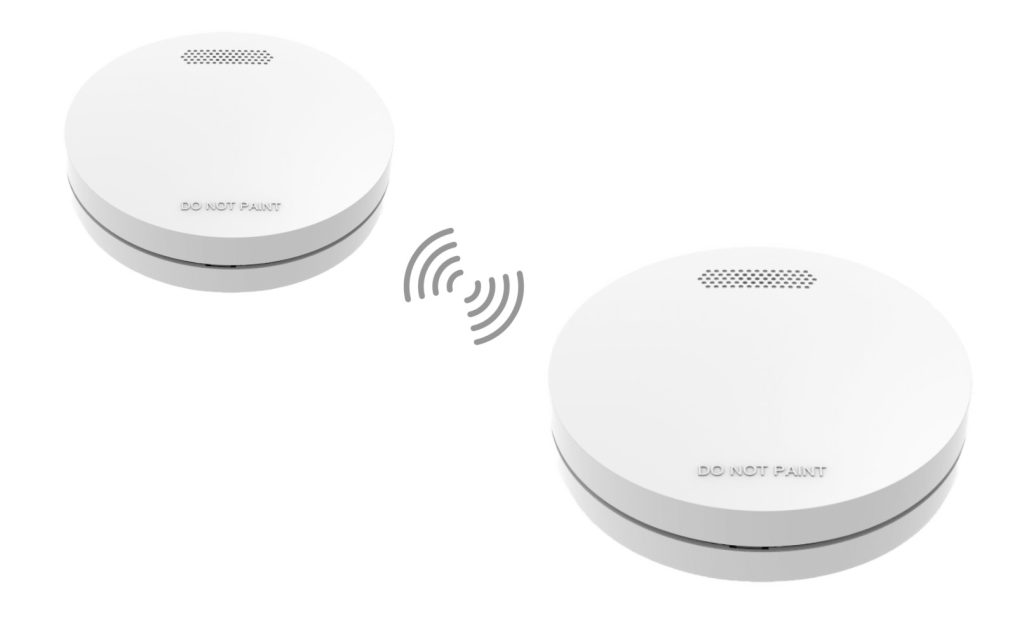
Why Interconnected Smoke Alarms Are the Smart Choice
🚨 1. Faster Alerts = More Time to Escape
Fires can double in size every 30 seconds, making early detection critical. A few extra seconds can mean the difference between a safe escape and a dangerous situation. That’s why interconnected smoke alarms are a must.
Imagine a fire starting in the kitchen while your family sleeps upstairs. A single, standalone alarm might sound—but will you hear it in time? With interconnected smoke alarms, every alarm in the house activates simultaneously, alerting everyone at once.
It’s not just about waking up at night. Think about daytime scenarios too. If a fire starts in the garage while you’re in the backyard or a blaze ignites in a child’s room while you’re downstairs, an interconnected system ensures no one is left unaware.
This rapid, whole-home alert system gives your family valuable extra time to escape safely.
🏠 2. Whole-Home Protection
Standalone smoke alarms only protect the room they’re in. If a fire starts in a faraway part of the house, the alarm might not be loud enough to wake everyone or warn those in other rooms.
With interconnected smoke alarms, you get comprehensive protection. Every bedroom, hallway, and living space is linked, so if one alarm detects smoke, they all sound. No more worrying about sleeping with the door closed or missing the alarm over loud music or TV.
For parents, this is peace of mind knowing that if a fire starts anywhere in the home, your kids will hear the warning immediately. For homeowners with multiple levels, it ensures no part of the house is left vulnerable.
When it comes to fire safety, full-home coverage isn’t a luxury—it’s a necessity.
🔋 3. No Electrician Needed—Save Time and Money
Traditional hardwired smoke alarms require an electrician to install, adding significant costs and hassle. But ZEN Smoke Alarms are completely DIY-friendly.
Here’s why they stand out:
✅ 100% wireless interconnection—no complicated wiring needed
✅ No Wi-Fi or internet required—alarms communicate directly using inbuilt RF technology
✅ Sealed 10-year lithium battery—no battery changes for a decade
✅ Simple DIY installation—set up in minutes, with no extra expenses
This means you can install your smoke alarms yourself without the need for professional help. You save money, avoid scheduling hassles, and still get premium protection.
In Queensland, 240V hardwired smoke alarms are only required for new home builds, substantial renovations, or when replacing an existing hardwired unit. For most homes, wireless, interconnected alarms provide the same level of safety without the extra installation costs.larms are only required for new builds, substantial renos or when replacing an already hardwired alarm.
✅ 4. Compliant with Queensland’s 2027 Smoke Alarm Laws
Queensland’s smoke alarm legislation is changing, and by January 1, 2027, all residential properties must meet new compliance standards. Here’s what’s required:
✔️ Interconnected smoke alarms in every bedroom, hallway, and on every level
✔️ Photoelectric smoke alarms (which detect fires faster than older ionization models)
✔️ Alarms powered by either mains electricity with battery backup or a sealed 10-year battery
ZEN’s interconnected smoke alarms are fully compliant with all of these regulations. By installing them now, you’ll ensure your home meets legal requirements well before the deadline—giving you long-term protection and peace of mind.
🔕 5. Fewer Annoying False Alarms
Tired of alarms going off over burnt toast? ZEN photoelectric interconnected smoke alarms are smart enough to detect real dangers, not just a little kitchen mishap. And thanks to the bonus remote control included with every bundle, you can easily test or silence alarms without climbing ladders.
🛠️ 6. Low Maintenance, Long-Lasting Safety
Forget changing batteries every year. With ZEN’s non-removable 10-year battery, you’ll get a decade of worry-free protection. No chirping noises at 3 a.m. No emergency battery runs. Just set it and forget it (until it’s time to replace the alarm after 10 years).
Why Choose ZEN Smoke Alarms?
When it comes to your family’s safety, ZEN Smoke Alarms deliver:
✅ Wireless interconnected technology—no Wi-Fi, no internet, just reliable protection
✅ Non-removable 10-year battery—no battery replacements needed
✅ DIY installation—no electrician required = huge cost savings
✅ Certified to Australian Standard 3786:2014—fully compliant with QLD laws
✅ FREE remote control with every bundle pack purchase—easy testing and silencing
✅ Australian-owned and operated—local support, no offshore call centres
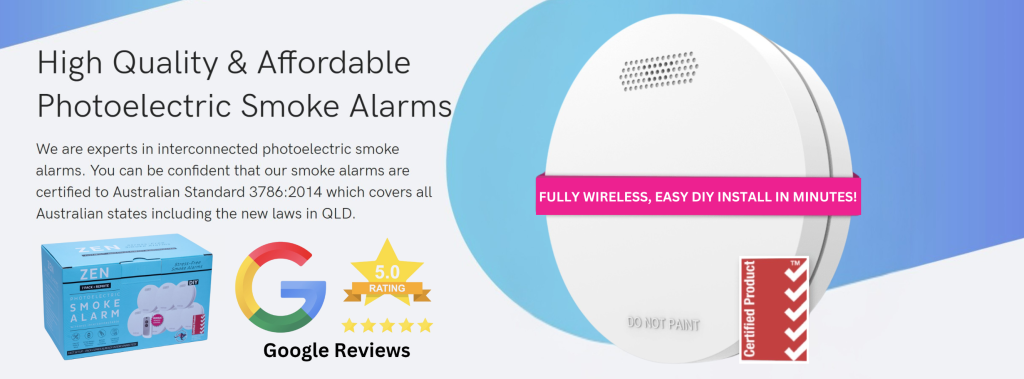
🚀 Upgrade Your Home Before 2027
Don’t Wait Until It’s Too Late
The 2027 deadline might seem far away, but fires don’t wait for legislation. Every day without proper protection puts your family at risk.
Order your ZEN Smoke Alarm bundle today and enjoy:
🔥 Quick and easy self-installation—no electrician needed
🔥 FREE remote control for hassle-free testing
🔥 FREE Australia-wide delivery for all ZEN bundle packs
When it comes to fire safety, don’t leave it to chance. Choose ZEN Smoke Alarms—because your family deserves the best protection.

Want to know more? Watch our ZEN Smoke Alarm YouTube channel or call us on 0478 596 402 today
We love talking smoke alarms!
ZEN Interconnected Smoke Alarms
New Farm, QLD, 4005


